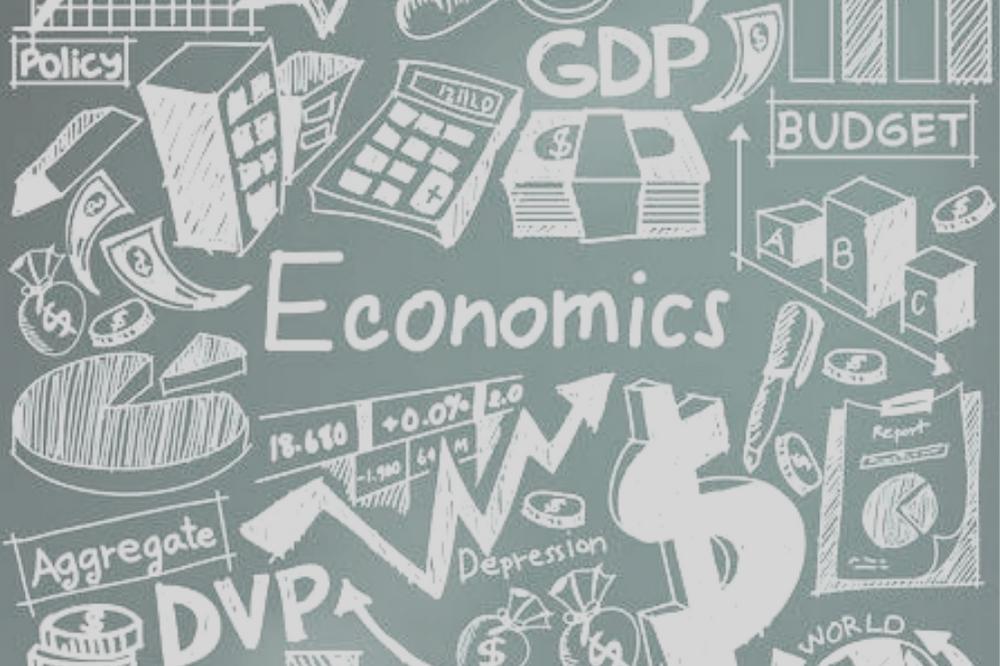Last week brought us some of the most aggressive growth we’ve seen in more than a year. Bear investors with short positions found themselves squeezed and forced to buy creating a massive momentum shift of short-term growth – S&P up 6.2% and the Nasdaq breaching 8.2% just last week. Headwinds from interest rates hikes, and continued, unsettled negotiations in Ukraine will continue to cause uncertainty. News headlines – true or false – seem to be the leading indicator during this time of geopolitical unrest. I continue to be patient and foresee further volatility in the coming weeks/months despite last week’s positive sentiment.
Feel free to reach out to me with questions – always happy to give a deeper dive on my thoughts on the overall market. Below is your weekly market & economic update – by the numbers.
Schedule a call with me HERE
Warmly,
Mark Sauer
info@AllOneWealth.com
+1(310)355-8286
Markets:
- Global Equities: Markets were still on edge with the ongoing war in Ukraine, but the Federal Reserve was able to calm nerves a bit with a predictable rate hike and an economic outlook that avoided further rocking the boat. As a result, US stock indices closed out the week with their biggest weekly gain in more than a year. The S&P 500 gained 6.2%, the Nasdaq rose 8.2% and the Dow Jones Industrial Average finished up 5.5%. Developed International Stocks were also much higher, up 7.5% and emerging markets closed up 6.6% despite a very volatile week for Chinese equities.
- Fixed Income: 10-Year Treasury yields rose as the Federal Reserve announced the first of a series of seven planned rate hikes this year, climbing to 2.2% before ending the week at 2.14%. High yield bonds were able to regain some ground after a dismal start to 2022, rallying mid-week for a 2.0% gain. $1.6 billion was pulled from high yield bond mutual funds and ETFs during the weekly period ended March 14th, per Lipper data.
- Commodities: Oil remained volatile amidst the war in Ukraine and resulting sanctions on Russian crude. Prices for US benchmark West Texas Intermediate slipped below $100 a barrel but climbed again on Thursday and ended the week just under $105. Despite pleas from lawmakers to ramp up domestic production, US drillers are content to enjoy the windfall from $100+ crude and are in no rush to bring additional capacity on-line, which would push down prices. The Baker Hughes rig count showed a reduction of 3 active rigs with oil production still well below pre-pandemic levels.
Economic:
- Fed Hikes Rates: The Federal Reserve Open Market Committee (FOMC) delivered on what was a telegraphed rate hike of 25 basis points, while outlining plans to execute an additional 6 rate increases during the course of the year. In his remarks, Chairman Powell stated that the Fed could begin reducing its $9 trillion balance sheet in May by selling Treasuries and Mortgage-Backed Securities at a pace which would be more aggressive than the prior scale down in 2017-2019 of $50 billion per month. Powell also expressed confidence in the strength of the economy despite a median inflation projection of 4.3% for the remainder of the year.
- Housing Market Still Hot: The National Association of Homebuilders Housing Market Index cooled slightly but continues to reflect strong housing market conditions. Housing Starts and Permits data also reflects a robust market, with 1.77 million starts in February and 1.86 million permits. With housing prices soaring due to inflation and increased job mobility, the real test will be the inevitable uptick in interest rates, which rose last week to a national average of above 4% for a conventional 30-year fixed loan.
- Producer Price Index: Inflation continues to be a struggle for this economy, and February data showed no relief yet. The Producer Price Index rose 0.8% in February for an annual gain of 10%, tying January for the largest on record. Gasoline prices rose more than 14% and were responsible for 40% of the increased cost to wholesale goods. Producer prices can be considered a precursor to consumer price inflation, suggesting more pain ahead for consumers.
Market Data Supplied By Halon Investment Management.







